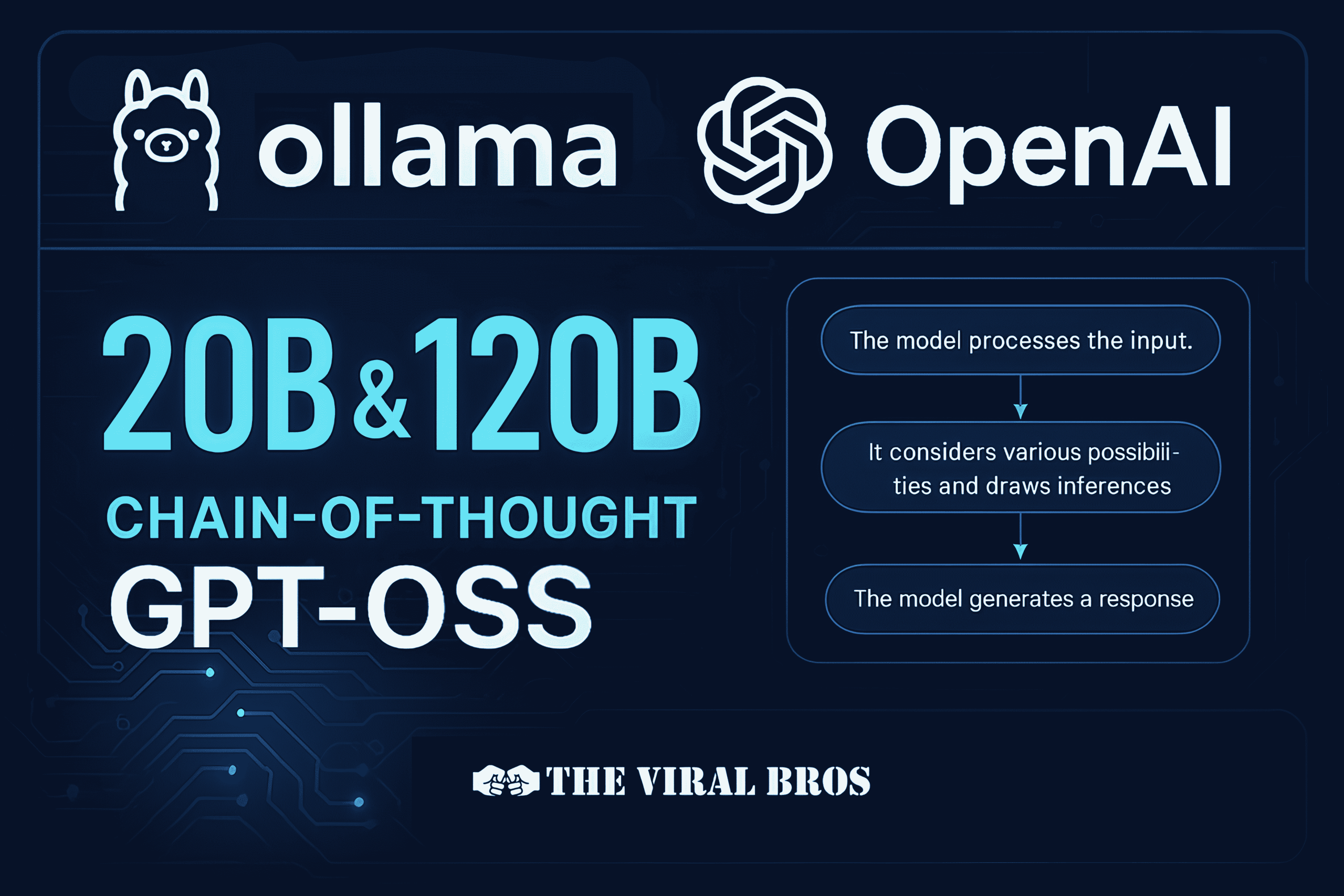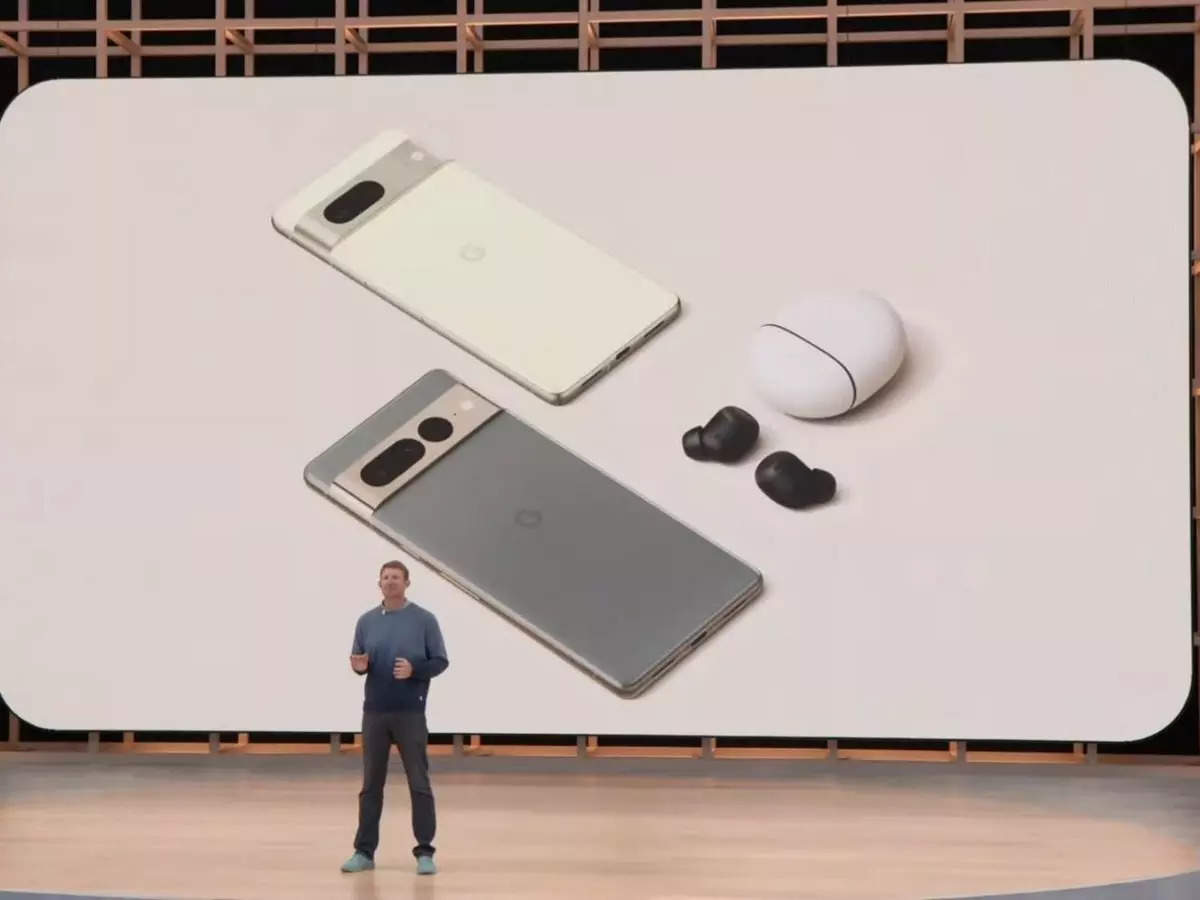Headlines
Elon Musk Rips Into Trump’s “Beautiful Bill” and Teases a New Political Party
Elon Musk tears into Trump’s $3.3T “Beautiful Bill” and hints at launching a new “America Party” to shake up U.S. politics.

Elon Musk’s call for a new political party has shaken the GOP, especially after his public attack on Trump’s $3.3 trillion “Beautiful Bill.”
In what started as policy criticism and now sounds like a full political breakup, Musk is taking aim at Trump’s latest legislative pride piece — a massive $3.3 trillion spending bill known as the “One Big Beautiful Bill.” The billionaire isn’t just unhappy about the money involved — he’s hinting at building an entirely new political party in response.
Musk’s Criticism Fuels Push for Elon Musk Political Party
The bill, which passed narrowly through Congress, bundles a wide range of tax and spending measures — but it’s the sheer size and content that Musk finds outrageous. In a series of posts on X (formerly Twitter), Musk slammed the bill as “a disgusting abomination,” warning that it puts the country deeper into debt while gutting critical support programs.
He didn’t stop there. Musk pointed fingers at both major parties, calling them two sides of the same reckless coin when it comes to fiscal decisions.
And if that wasn’t clear enough — he’s using his megaphone to tell his 150+ million followers that maybe it’s time to abandon the old political clubs altogether.
Fallout from the Trump Split
Tensions between the two men didn’t happen overnight. Musk had briefly served as a high-profile figure in Trump’s Department of Government Efficiency (DOGE) — an office that was already a nod to meme culture. But insiders say Musk started distancing himself the moment budget talks became serious.
Trump’s team hasn’t taken Musk’s rebellion lightly. There’s talk of investigations into DOGE-backed projects and even federal pressure on Musk-led companies. Subtle? Not exactly.
But Musk doesn’t appear to be backing down. If anything, he’s doubling down.
“America Party”: The Musk Movement?
In a recent livestream, Musk floated the idea of forming a new political force: the “America Party.” The goal, he says, is to break the two-party chokehold and bring decision-making closer to everyday people.
Rather than running for president himself (yet), Musk’s strategy seems more surgical — backing select congressional candidates who share his views on fiscal responsibility and technology policy.
Early reactions? Mixed, but loud. Rep. Thomas Massie and Sen. Rand Paul, both known for their libertarian leanings, have expressed interest. Musk even said he’d support Massie’s re-election bid in 2026.
What’s Really at Stake?
Beyond politics, Musk has a business incentive here too. The “Big Beautiful Bill” reportedly slashes several renewable energy incentives — a direct blow to companies like Tesla and SpaceX, both of which depend in part on federal support for green innovation.
But Musk’s broader concern, it seems, is that Washington is playing fast and loose with the economy. Ballooning debt. Wasted spending. Performative governance.
“Don’t bankrupt America,” Musk posted. And while that may sound like a campaign slogan — maybe it is.
The Musk vs. Trump saga is no longer just a personality clash — it’s shaping up to be a political storm. Whether the “America Party” becomes a real contender or just a Twitter trend, it’s clear that Elon Musk isn’t content to sit quietly on the sidelines.
For now, all eyes are on whether his movement gains real traction — or whether this is just another tremor in the ever-shifting fault line of American politics.
AI
OpenAI’s GPT-OSS Just Landed in Ollama — And It’s Quietly About to Break AI Rules
GPT-OSS Ollama integration unlocks 20B & 120B models with reasoning, tool use, and full local control. Learn the twist most devs are missing.

Estimated reading time: 5 minutes
Something weird just happened in the AI world.
OpenAI — the same company famous for locking GPT-4 in a vault — just tossed the keys to the open-source crowd.
And somehow… Ollama walked away with both the 20B and 120B GPT-OSS models in its pocket.
Here’s the part almost nobody’s talking about:
This isn’t just “you can run GPT locally now.”
It’s a blueprint for private, offline, self-owned AI agents that think, plan, and act — no API calls, no subscription, no data leaks.
Let’s crack open why this is bigger than it looks.
🧠 GPT-OSS: More Than Just “Open Source”
These aren’t stripped-down student projects.
GPT-OSS 20B and 120B come with:
- Native chain-of-thought reasoning (you can literally see how it thinks)
- Tool use + function calling baked in — no hacking required
- Agent-friendly architecture for workflows beyond chat
Ollama didn’t just host them — they built a developer-ready pipeline so you can go from install to fully-functional agent in minutes.
🚀 Why Ollama x GPT-OSS Is a Game-Changer
1. Fully Offline on Local Machine: No Cloud, No Fees, No Limits.
Run it entirely offline by downloading Ollama’s new app on your own macOS and Windows machine. If you’ve got 16GB VRAM, you’re good for 20B. 120B just needs more horsepower.
2. Agent-First by Default
Ollama’s integration supports Python tools, structured outputs, local APIs, multi-step planning, and web integration for full AI agents right out of the box. Build AI assistants that act, not just answer.
3. Transparent Reasoning
Ever wanted to see why an AI gave an answer? Now you can — and you can even debug its “thought process” mid-flow. These models show their work — a rare feature in AI that boosts trust and usability.
4. A Different League from LLaMA or Mistral
While LLaMA and Mistral are strong, GPT-OSS comes pre-wired for multi-tool workflows, making it action-ready, tuned for structured reasoning and action chaining out of the box.
⚠️ The Trap Most Devs Are Falling Into
A lot of people are treating GPT-OSS in Ollama like a demo toy. Install, run “Hello World,” move on. If you install GPT-OSS and just “try a few prompts,” you’re leaving 90% of its value on the table.
That’s a waste. The magic happens when you:
Build private, persistent, multi-tool agents that:
- Keep their own long-term memory
- Automate real-world tasks
- Build privacy-first copilots, and operate without ever touching OpenAI’s servers.
- Stack multi-agent workflows
Once you see it as your own personal AI infrastructure, the game changes.
💡 5 Real & High-Impact Projects You Can Build Right Now
- 📄 Private research analyst — scans docs, summarizes, cites, and stores findings offline. An assistant that reasons out loud and cites everything
- 📅 Smart local scheduler — Connects with your local calendar and email—no cloud syncing—and books your meetings for you.
- 📚 Guided tutor — Guides students step-by-step through coding, math, and complex problems—while showing exactly how it reasons.
- 🔐 Knowledge vault — A fully offline, AI-searchable databse of everything you’ve ever read or written.
- 💬 On-device customer service bot — Perfect for businesses that can’t risk sending client data to the cloud.
🧨 The Hidden Message from OpenAI — and Why It Matters More Than You Think
OpenAI’s release quietly acknowledges something huge: the next AI wave is agentic and local-first.
And Ollama? They’re not just participating — they’re building the rails for it.
If you’ve been waiting for the “privacy + power” sweet spot in AI… this is it.
🧵 TL;DR
OpenAI gave us GPT-OSS. Ollama made it run locally like a dream. This isn’t about faster chat — it’s about building your own AI infrastructure with no fees, no cloud, and no middleman.
Learn more about OpenAI’s latest advances on their official website.
❓ FAQs
Everything You’re Curious About:
Yes. Once installed through Ollama, you can run it fully offline. Internet is only needed for initial download or if your tools require it (e.g., live web search).
120B delivers deeper reasoning and more context memory, but it’s heavier. 20B is still strong enough for most agentic workflows and runs on more modest setups.
You can — Ollama supports custom models. But fine-tuning 120B requires serious compute and storage. Parameter-efficient tuning methods (LoRA, QLoRA) make 20B fine-tuning realistic for hobbyists.
Since data never leaves your machine, you sidestep most cloud compliance risks. That said, responsibility for secure storage and access control is still yours.
In many cases, yes. GPT-OSS has stronger native reasoning and function-calling, making it ideal for coding tools, local copilots, and multi-step workflows.
No promises. GPT-OSS is a rare move from them. The AI community is watching closely to see if this was a one-time drop or the start of a trend.
Yes — Ollama lets you swap or chain models, so GPT-OSS can handle logic while another model handles style or language.
GPT-OSS is designed for action, not just text — function calling, structured output, and multi-tool orchestration come native.
Yes — and Ollama lets you log it, making it great for debugging or educational tools.
For many agentic tasks — yes. Especially when combined with local APIs, tools, and memory. But GPT-4 still wins in raw generalization.
OpenAI released GPT-OSS under a permissive license for research and commercial use, but check the repo for fine print.
Gadgets
Which Pixel announcement from Google I/O 2022 was your favorite?
At Google I/O 2022, so many Pixels were announced that Google could form a complete image.

Google I/O 2022 has come and gone, and there were numerous announcements made during the two-day developer conference. However, Google’s Pixel was the star of the show, with a slew of Pixel announcements to get us through the summer, fall, and even 2023.

Google I/O 2022 has come and gone, and there were numerous announcements made during the two-day developer conference. However, Google’s Pixel was the star of the show, with a slew of Pixel announcements to get us through the summer, fall, and even 2023.
/cdn.vox-cdn.com/uploads/chorus_image/image/70857828/PixelBudsProColors.0.jpg)
The Pixel Buds Pro will be released alongside the Pixel 6a this summer, giving us the long-awaited ANC Pixel Buds. They have a battery life of up to 31 hours with the included charging case, support wireless charging, and look great.

Google was also kind enough to give us a sneak peek at the Pixel devices that will be available this fall. The Pixel 7 and 7 Pro will look similar to the Pixel 6 series, and they will not have a matte finish, as we were initially told (to the dismay of many). We only know that they will use a next-generation Tensor chipset and have similar camera setups. We probably know even less about the Pixel Watch, which will be released alongside the next-generation flagships. It will run Wear OS, have LTE connectivity, and be the first Wear OS device to integrate Fitbit. Nonetheless, it’s exciting to know that the long-awaited Pixel Watch is finally on the way.
Finally, Google gave us a sneak peek at the upcoming Pixel Tablet. It has a simple design that doesn’t scream “premium,” but it apparently will compete with the best Android tablets on the market. Unfortunately, we won’t see the launch until 2023. Still, it demonstrates Google’s commitment to improving the Android tablet experience, which is why Andrew Myrick’s favorite announcement at Google I/O was the Pixel Tablet.
So, how about you? Which Pixel announcement was your favorite? To share your thoughts, please leave a comment on our Facebook and Twitter pages.








